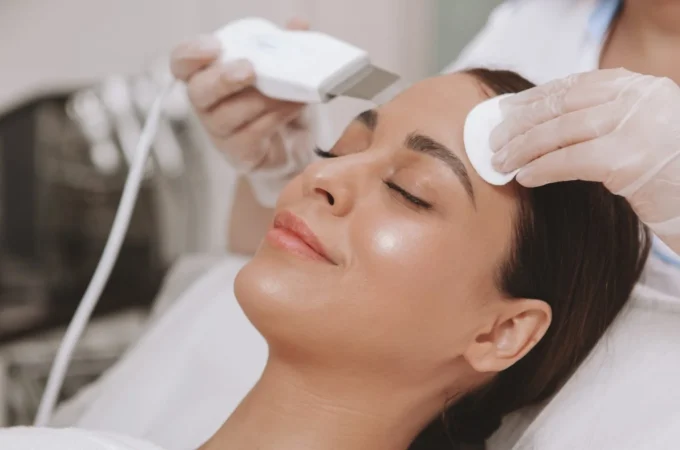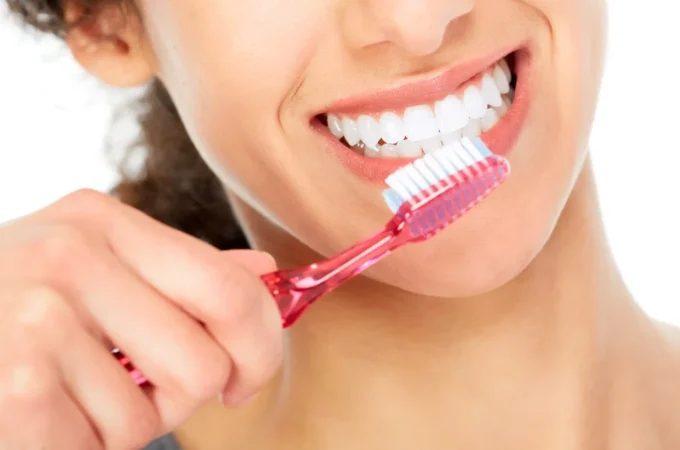
Severe Acne: When Home Remedies Stop Working and What Comes Next
Severe acne doesn’t respond to the usual lineup of drugstore treatments, and that reality can be incredibly frustrating. After months of trying different face washes, spot treatments, and skincare routines without success, many people feel stuck between accepting their breakouts and taking more drastic measures.
The thing is, severe acne operates differently than mild breakouts. While surface-level treatments might help with occasional pimples, they often can’t reach the deep infections and inflammation that characterize more serious acne. Understanding when to move beyond home remedies requires recognizing the signs that indicate you’re dealing with something that needs professional intervention.
Table of Contents
ToggleRecognizing When Acne Has Crossed the Line
Severe acne isn’t just about having more pimples than usual. It involves deep, painful cysts that take weeks to heal, widespread inflammation across large areas of the face or body, and breakouts that consistently worsen despite consistent skincare efforts.
The type of scarring that develops also signals severity. When acne leaves behind deep pitted scars, raised keloid scars, or widespread discoloration, it indicates that the inflammation is reaching levels that home treatments simply can’t address effectively.
Here’s what catches a lot of people off guard: the emotional impact often signals severity too. If acne is causing someone to avoid social situations, affecting their work confidence, or leading to anxiety about their appearance, the condition has moved beyond what should be managed with over-the-counter solutions alone.
Pain is often overlooked as a severity marker, but it shouldn’t be. Severe acne hurts. The deep cysts characteristic of serious cases can be tender to touch, throb throughout the day, and make sleeping uncomfortable when they occur along the hairline or jawline.
Why Traditional Treatments Fall Short
Over-the-counter acne treatments work primarily on the skin’s surface, which is why they have limits. Benzoyl peroxide kills bacteria and helps with mild inflammation, while salicylic acid exfoliates dead skin cells that can clog pores. These mechanisms are helpful for surface-level issues but can’t penetrate deeply enough to address the root causes of severe acne.
The problem is that severe acne often involves bacterial infections deep within the pores, oil glands that are overproducing sebum, and inflammatory responses that are more intense than what topical treatments can calm. The skin barrier in people with severe acne is also often compromised, making it harder for topical treatments to penetrate effectively.
Hormonal factors play a huge role in severe acne cases, particularly in adults. Fluctuating hormone levels can trigger oil production and inflammation in ways that surface treatments simply can’t counteract. This is why many people find their acne worsens during certain times of the month or during stressful periods, regardless of their skincare routine.
Professional Treatment Options That Actually Work
When home remedies aren’t cutting it, dermatologists have access to treatments that work on multiple levels simultaneously. Prescription retinoids are significantly stronger than their over-the-counter versions and can help with both active breakouts and prevent new ones from forming.
Oral antibiotics address the bacterial component of severe acne from the inside out. While they can’t be used long-term due to resistance concerns, they can provide the breakthrough needed to get severe acne under control so that other treatments can maintain the improvement.
For cases where bacteria and oil production are major factors, advanced treatments offer targeted approaches. Aviclear acne treatment represents the type of innovative therapy that can address severe acne through mechanisms that traditional treatments can’t match, working directly on oil glands and bacterial populations.
Hormonal treatments have become increasingly important for adult acne cases. Spironolactone can dramatically reduce oil production by blocking androgen receptors, while certain birth control formulations help regulate the hormonal fluctuations that trigger severe breakouts.
The Role of Professional Procedures
In-office treatments can provide the intensive intervention that severe acne requires. Professional extractions, when performed correctly, can clear deeply impacted pores that would otherwise take months to resolve on their own. But here’s the key: these need to be done by trained professionals, not attempted at home.
Chemical peels designed for acne-prone skin can remove multiple layers of damaged skin cells while delivering higher concentrations of active ingredients than home treatments. This dual action helps both active breakouts and the post-inflammatory marks that severe acne often leaves behind.
Steroid injections can quickly calm large, painful cysts that might otherwise take weeks to heal and could leave permanent scars. While not a long-term solution, these injections can provide immediate relief and prevent scarring in severe cases. Most people are surprised by how much relief one injection can provide.
Light-based treatments work differently than traditional approaches by targeting specific components of acne formation. Blue light therapy can kill acne bacteria, while other wavelengths can reduce inflammation and promote healing in ways that topical treatments can’t achieve.
The Isotretinoin Decision
For truly severe cases that haven’t responded to other treatments, isotretinoin remains one of the most effective options available. This oral medication works by dramatically reducing oil production, shrinking oil glands, and providing long-lasting remission for many patients.
The decision to use isotretinoin isn’t taken lightly due to its potential side effects and monitoring requirements. However, for people whose severe acne hasn’t responded to other treatments, it can be life-changing. Many patients experience clear skin that lasts for years after completing their treatment course.
The monitoring process involves regular blood tests and check-ins with a dermatologist throughout treatment. While this might seem intensive, it ensures that the medication is working effectively while minimizing risks. Most people find the monitoring becomes routine pretty quickly.
Building a Comprehensive Treatment Plan
Effective treatment for severe acne usually involves combining multiple approaches rather than relying on a single solution. This might mean using a prescription retinoid along with periodic professional treatments, or combining hormonal therapy with targeted light-based procedures.
Here’s something that surprises people: the timeline for seeing improvement varies significantly from person to person. Some treatments show results within weeks, while others may take several months to demonstrate their full effectiveness. This is where working with a dermatologist becomes valuable, as they can adjust treatment plans based on response and help manage expectations.
Maintenance becomes important once severe acne is under control. Many people need ongoing treatment to prevent relapse, whether that’s continuing with topical medications, periodic professional procedures, or long-term hormonal management. It’s not always a permanent commitment, but some level of maintenance is often necessary.
Making the Transition
Moving from home remedies to professional treatment requires a mental shift as much as a practical one. It means acknowledging that severe acne is a medical condition that deserves proper treatment, not a cosmetic issue that should be managed with willpower and the right face wash.
The investment in professional treatment, both financially and time-wise, often pays off in improved quality of life and prevention of permanent scarring. Early professional intervention typically requires less aggressive treatment than severe acne that has been left untreated for extended periods.
This is where it gets expensive, but the cost of treating acne scars later often exceeds the cost of treating active severe acne properly from the start. Prevention really is more cost-effective than correction.
Severe acne doesn’t have to be endured indefinitely. Modern dermatology offers multiple effective options for even the most stubborn cases, but success requires moving beyond the assumption that all acne should respond to over-the-counter treatments. Professional intervention can provide the breakthrough that transforms not just skin appearance, but overall quality of life.


